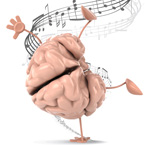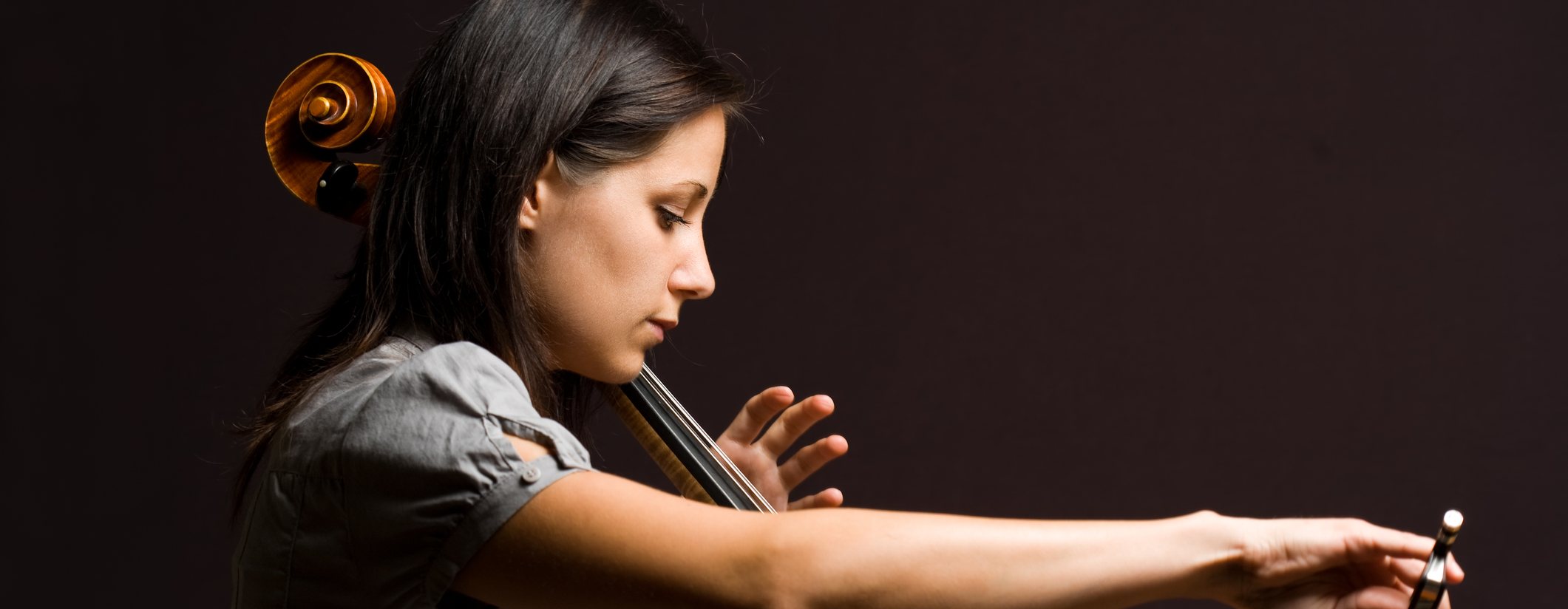Home > Listening Therapy > Music

By it's modulations music fashions human beings in their physical, mental and spiritual components.…Dr. A Tomatis
Musicality
Whoever we measure our performance against, we can close the gap by gaining more effectivity from our chief receptor and receiver - our ears. When all the practise has been done, the tears shed, the mental preparation been made, there is still more talent to be revealed or to be accessed. How can this be, you say? Well it's all in the way our ears receive and process sonic information.
Alfred A Tomatis was not content with the generally accepted theory that ears are either good or poor. He scientifically measured ear responses of great musicians and artists and was actually able to establish that they had something in common. That is, a scaled receptivity of all the frequencies of human perception linking processing the information via the quickest and most direct route to the language centre of the brain.
By stimulating the muscles of the middle ear to access heightened receptivity and increased strength, improvements will be forthcoming in all aspects of music making, be it popular, jazz or classical..
The three laws of Tomatis are as follows:
LAW 1
Musical output can only contain and be governed by the perception of the ears.
Tomatis proved this by sonically analysing the frequency responses of a musician's performance and then comparing it to the results of a listening test to measure the musicians ear responses. The results proved to be the same. If one frequency response proved to be slow or compromised, the harmonics produced on that sound were also limited. But reduced harmonics are not the only result of compromised frequency listening. Depending which frequencies are affected; dexterity, co-ordination, fine motor skills, sense of rhythm, intonation, clarity, timbre,dynamics, sense of melody and harmony, espirit and creativity and connectedness can be affected.
LAW 2
By giving a compromised ear the opportunity to analyse the frequency correctly, the frequency will be unconsciously and spontaneously restored to the hearing .
LAW 3
Sufficient stimulation to the ears brings about a permanent effect .
These laws were acknowledged by the Academy of Medicine and Science in Paris and are known as THE TOMATIS EFFECT
Well I guess you are all saying I have a good ear, I am a professional. Well nobody is denying that, the fact is, there is an even better ear waiting to be released. But it is worth a minute's reflexion on why apart from a few aural tests to measure aptitude, a musicians livelihood, his receivers are never tested, don't you think?.
Read this extract from Tomatis’s writings.
“A famous pianist has worked for some time in our music department. The virtuoso thoroughly knew all works that had been composed for his instrument. One day he disclosed to me that Chopin remained a mystery to him. This romantic composer had always said that to understand his pieces, it was necessary to “play them in the wind”. But what had he meant by this? A certain lightness in their executions? I suggested to the pianist that the wind might signify the ”spirit” that which his auditory curve allowed him to tune in to. He wanted to know more and threw himself, with an academic approach into a course of filtered Mozart for hour after hour.(By this Tomatis means the Listening Therapy he developed) I was thus surprised to see that this elderly gentleman had straightened himself up and was looking 10 years younger. He immediately put himself again to his study of Chopin and explained to me that he had finally understood the meaning of this mysterious expression. He heard Chopin as he had never perceived it before. When he played, he was not only the piano, not only executing the work, not even the artist. He had become the music.”
Tomatis worked with many famous musicians, he mentions Zino Francescatti the violinist, Beniamino Gigli the tenor and Maria Callas in his books but there were many more who will always remain anonymous due to client confidentiality.
There is more perception to be tapped which means more talent,more ease, more music, more joy. And for the aspiring professional, is there a better way of starting the journey with everything working for you, not you having to work against yourself.
For musicians who have been exposed to high decibel amplified music over a long period of time and have experienced some loss of hearing, ringing in the ears, attention, memory or concentration problems or energy loss Listening Treatment can undo some of the damage. Maybe it will never be quite the same as it was, but by pacifying and strengthening the ears some of the "damage" can be reversed, and that could just make all the difference, but more importantly the ears will be strengthened to give better listening quality now and for the future.
For a fuller explanation go to Press article “What is a Musical Ear?” or Contact us.
